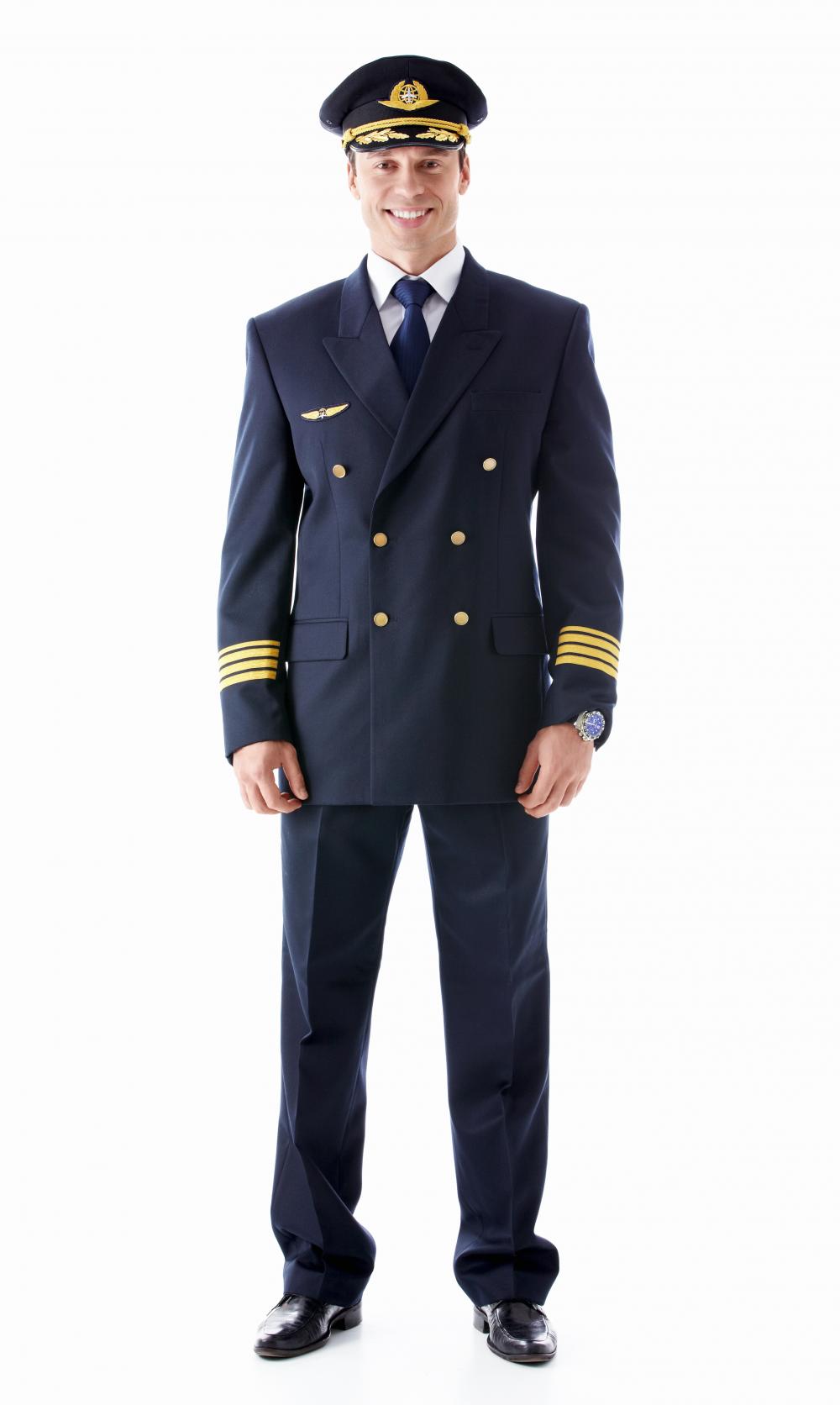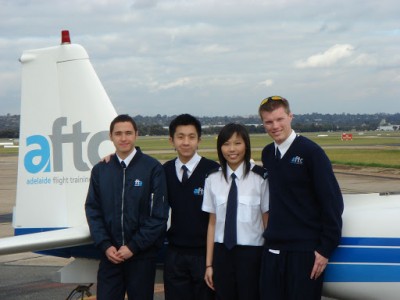Steps to Become an Airline Pilot

Flying an airplane is one among the respectable professions and fun. It is quite a well paying profession to be an airline pilot and gives you an opportunity to see the world while you are at your job. It’s not the most difficult thing to do and if you put your heart and mind to it, there is no reason why you cannot achieve it. All you need to have is passion for flying.
Instructions
-
1
Get a College Degree
You will need to earn a four year college degree to be able to qualify for a flying program, but not mandatory. So get a bachelor degree, preferably in aviation or related fields but not necessary. You relevant degree is basically a guarantee that you have the capacity to complete your expensive training programs.
Image Courtesy: madamenoire.com
-
2
Get the Required Flying Training
Once you get the relevant degree, it is the time to attend practical flying training. Get admission in a Fixed Base Operator (FBO), Flight School, or Flying Club in your area to get the Commercial Pilot Certificate.
In order to get the certificate with flying colors, you will have to pass the written commercial pilot ground school test and logging with at least 250 flight hours, along with allotted time dedicated to certain conditions and military exercises.
Image Courtesy: pilotsspot.blogspot.com
-
3
Apply for a First Class Medical Certificate
A first class medical certificate is necessary for flying, and you can get your pilot license revoked if found without a medical certificate. Before joining a Flight School, make sure you have an approved medical certificate from a FAA approved medical examiner.
Image Courtesy: rmcareclinic.com
-
4
Get Certifications
The next step is to get technical certifications done. These will include both your knowledge of flying and the planes that you fly. Once you have these certifications and a reasonable number of flight hours, you will have a good case of getting into a commercial airline.
Image Courtesy: jasonmeinzer.com
-
5
Start working on your instrument ratings and commercial certificate
Once you get your private pilot license, the next step is to focus on your instrument ratings which requires you to fly cross-country (50 hours) and on simulated conditions (40 hours). You will be awarded the commercial certificate when you have completed a total of 250 hours of flying time. (100 hours of Pilot in Command, 50 hours of cross-country, and 10 hours of dual instructor flying) -
6
Get your Certified Flight Instructor (CFI) rating completed
You should start working at your flight school after you have completed your certified flight instructor certificate. Flight hours are offered by various flight schools in exchange for your instruction services which can greatly reduce your need for flying experience. -
7
Get Your Multi-Engine Certified Flight Instructor Instrument Completed (CFII)
Once you have completed your CFII certification, you can apply for any of regional airlines for flying a regional jet aircraft. An ATP (Airline Transport Pilot) license is not required but will only be needed when you are promoted to a caption status in a regional airline or a major international airline. -
8
Flying Experience Matters
You have all the required certificates in hand, but still it is better to get some practical experience. Secondary airline companies could have basic requirements, but all the major companies do not prefer hiring freshly produced pilots with the pilot's certificate at all. -
9
You are all set to go!
You have the required education, training, certificates and experience, now you are all set to fly! Stay in Touch Keep in contact with local commercial airlines and make sure that they are aware of your resume. Keep on updating your resume with the after every certification or a milestone in flying hours achieved. Be on the lookout for any openings and be sure not to miss out once you get a chance. A smaller airline may be the best way to go about it in the start and you can find the greener pastures from there.


